The Anti Corrosion Nanocoating Market is currently characterized by a dynamic competitive landscape, driven by increasing demand for advanced protective coatings across various industries, including automotive, aerospace, and marine. Key players such as PPG Industries (US), AkzoNobel (NL), and BASF (DE) are strategically positioned to leverage their extensive research and development capabilities, focusing on innovation and sustainability. These companies are actively investing in new technologies and formulations that enhance the durability and performance of their nanocoatings, thereby shaping the competitive environment. Furthermore, partnerships and collaborations among these firms are becoming increasingly common, as they seek to combine expertise and resources to accelerate product development and market penetration.
In terms of business tactics, companies are localizing manufacturing to reduce costs and improve supply chain efficiency. This approach not only enhances responsiveness to regional market demands but also mitigates risks associated with global supply chain disruptions. The market structure appears moderately fragmented, with several players vying for market share. However, the collective influence of major companies like Sherwin-Williams (US) and 3M (US) is significant, as they continue to expand their product offerings and geographic reach, thereby intensifying competition.
In August 2025, PPG Industries (US) announced the launch of a new line of eco-friendly anti-corrosion nanocoatings designed specifically for the automotive sector. This strategic move underscores PPG's commitment to sustainability and innovation, as the new formulations are expected to meet stringent environmental regulations while providing superior protection against corrosion. Such initiatives not only enhance PPG's product portfolio but also position the company as a leader in sustainable coating solutions.
Similarly, in September 2025, AkzoNobel (NL) unveiled a partnership with a leading technology firm to integrate artificial intelligence into its nanocoating development process. This collaboration aims to streamline product formulation and enhance performance testing, potentially reducing time-to-market for new products. The integration of AI signifies a pivotal shift in AkzoNobel's operational strategy, reflecting a broader trend within the industry towards digital transformation and data-driven decision-making.
In October 2025, BASF (DE) expanded its production capacity for anti-corrosion nanocoatings in Asia, responding to the growing demand in emerging markets. This expansion not only strengthens BASF's market presence but also aligns with its strategy to optimize supply chains and enhance service delivery in key regions. Such moves are indicative of a broader trend where companies are increasingly focusing on regional capabilities to better serve local markets and respond to specific customer needs.
As of October 2025, the competitive trends within the Anti Corrosion Nanocoating Market are heavily influenced by digitalization, sustainability, and the integration of advanced technologies. Strategic alliances are becoming a cornerstone of competitive strategy, enabling companies to pool resources and expertise to drive innovation. Looking ahead, it is likely that competitive differentiation will increasingly pivot from traditional price-based competition to a focus on technological advancements, sustainability, and supply chain reliability. This evolution suggests that companies that prioritize innovation and adaptability will be better positioned to thrive in the rapidly changing market landscape.


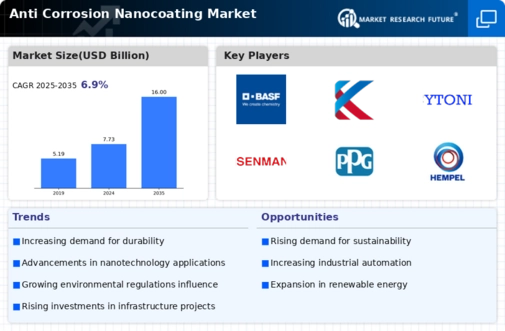
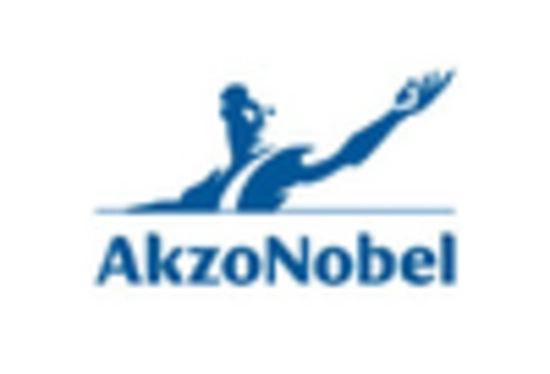

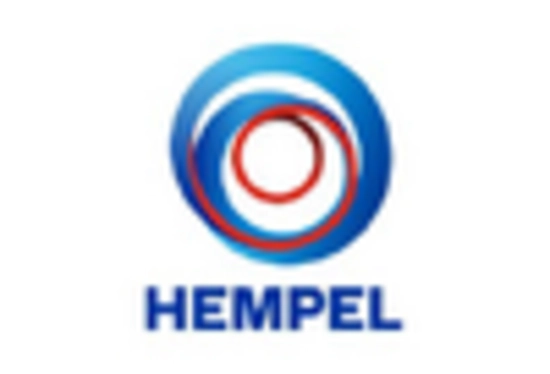
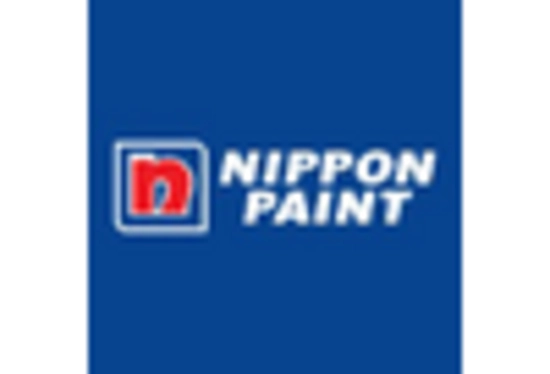
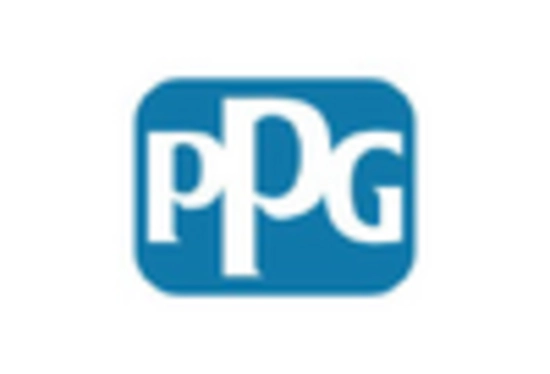
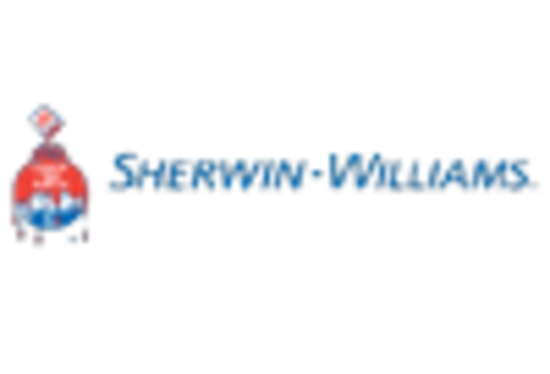








Leave a Comment